- Local pilots have played a positive role in promoting the control of greenhouse gas emissions in pilot provinces and cities

The national carbon emission rights trading market was officially launched a few days ago, and free and casual emissions will become history, marking China's response to climate change and energy conservation and emission reduction has entered a new stage.
Since 2013, China has successively launched carbon emission trading pilot projects in eight provinces and cities including Beijing, Shanghai, Tianjin, Chongqing, Hubei, Guangdong, Shenzhen, and Fujian. Eight years of accumulated experience in pilot projects have contributed to the establishment of a national carbon market. The improvement of carbon market quota allocation and trading systems has provided important support, and has also played an active role in promoting pilot provinces and cities to control greenhouse gas emissions and explore the path to peaking.
Then, after the national carbon market is launched, how should all localities use carbon market means to carry out their work to promote local low-carbon development? How should the previous pilot carbon market provinces and cities use the national and local carbon markets to explore unique decarbonization paths? In the long run, with the steady maturity of the national carbon emissions trading market, where will the local carbon market pilots go, and what should be the next steps?
Local first try
The carbon market is a major institutional innovation that uses market mechanisms to control and reduce greenhouse gas emissions and promote green and low-carbon development. It is also an important policy tool to promote the achievement of carbon peak and carbon neutral goals.
The successful launch of the national market has contributed to the local carbon market pilot experience. “Since the pilot operation of the local carbon market, the compliance rate of key emission units has remained at a relatively high level, and the total amount and intensity of carbon emissions within the market coverage have maintained a double reduction.” Yang Su, a senior researcher at the State Grid Energy Research Institute, pointed out in an interview with reporters. In June 2021, the pilot carbon market has covered more than 20 industries including iron and steel, power, cement, etc., involving nearly 3,000 key emission units, with a cumulative transaction volume of 480 million tons of carbon dioxide equivalent, and a transaction volume of approximately 11.4 billion yuan.
Taking Beijing as an example, relevant materials show that since the launch of the pilot carbon market in Beijing, the operating mechanism has been gradually improved, transactions have become more active, and the price of carbon allowances has risen steadily, which has strongly supported Beijing's overfulfillment of the country’s reduction in carbon intensity during the 13th Five-Year Plan period. The goal is that by 2020, Beijing's carbon intensity will be the best in the country. Up to now, the Beijing pilot carbon market covers eight major industries, including power generation, petrochemicals, cement, heating, other industries, transportation, service industries, and aviation. A total of 859 key carbon emission units with carbon emissions exceeding 5,000 tons/year have been included.
Hubei has also achieved remarkable results in terms of carbon market activity and energy conservation and emission reduction. "According to incomplete statistics, in the cumulative 6 compliance years, the Hubei pilot was among the forefront of the pilot carbon market in terms of transaction volume, transaction volume, market participation rate, compliance rate and other market indicators, and included the absolute amount and intensity of corporate carbon dioxide emissions. A total of 17.6 million tons of carbon dioxide emissions have been reduced, and 14 of the 16 industries have achieved a reduction in carbon dioxide emissions." Huang Jinpeng, assistant to the dean of the Hubei University of Economics, said to reporters.
Shanghai has also established a multi-level carbon market by establishing and improving the carbon market trading system and the construction of trading institutions, optimizing and perfecting trading rules and trading systems. "The stable operation of the Shanghai carbon market has further promoted the development of supporting industries in the Shanghai carbon market." said the relevant person in charge of the Atmospheric Environment and Climate Change Division of the Shanghai Municipal Bureau of Ecology and Environment.
The local carbon market's first trial and first exploration has provided empirical support for the smooth opening of the national carbon market and its continued in-depth expansion. "Whether it is Beijing, Hubei, or Shanghai, the local carbon markets with their own characteristics have established mature systems in carbon market quota allocation and trading systems, which have laid a solid foundation for the establishment and operation of the national carbon emission trading market." Pan Li, director of the Planning and Development Department of the China Electricity Council, said.
In Huang Jinpeng’s view, during the pilot period of the local carbon market, the volume was small, and most of them were regionally segmented markets. Insufficient market liquidity made it impossible to form an effective equilibrium price. It also accumulated experience and lessons for the national carbon market’s "one-of-a-kind" layout. .
Tailor carbon emissions to local conditions
Then, after the national carbon market is launched, what should the local pilot carbon market do next?
In March 2021, the "Interim Regulations on the Management of Carbon Emissions Trading (Draft Revision)" drafted by the Ministry of Ecology and Environment proposed that after the implementation of the regulations, there will be no more local carbon emission trading markets, and the existing local carbon trading markets should Gradually incorporated into the national carbon market.
This clause has caused heated discussions in the industry. The reporter learned recently that after several rounds of discussions, this clause may be revised to say that after the establishment of the national carbon market, the industries involved in the local carbon market must be included in the national carbon market if the scope of control is consistent with that of the national carbon market. Those with local characteristics can still be retained, and continue to explore and try first. The regulations are expected to be formally released before the end of this year after public consultation. In other words, the pilot carbon market will still be allowed to exist, and will complement and complement each other with the national carbon market.
In this regard, Yang Su said frankly that although the national carbon market has been launched, the local pilot carbon market still has great reference value, which is more in line with local emission characteristics and can be used as a useful supplement to the national carbon market.
Huang Jinpeng also pointed out that because the national carbon market and the local carbon market overlap, and the national carbon market has a higher priority, it will inevitably reduce the scale of the pilot carbon market. However, in the short term, the national carbon market may stimulate The local carbon market has greater potential.
According to the overall design of the national carbon market, the high energy consumption industries included in the national carbon market include eight major industries including electricity, petrochemicals, chemicals, building materials, steel, non-ferrous metals, papermaking, and civil aviation. At this stage, only the power industry has entered the scope of compliance, and the other seven industries are still only within the scope of the report.
For example, the main body of the Beijing carbon market covers 8 industries including electricity, heating, cement, petrochemical, industry, service industry, and transportation. Among them, heating power, service industries, and transportation are not within the scope of the national carbon market. Hubei currently has 16 more industries included in the pilot carbon market, including 8 industries in the national carbon market. The total number of enterprises is close to 400, covering 45%-50% of the province's carbon emissions.
Taking Beijing as an example, a person familiar with Beijing’s carbon market told reporters that Beijing’s current industrial structure is dominated by the service industry. Universities, hospitals and other institutions are all key units that Beijing is committed to promoting emission reductions through carbon markets. In the coming years, “these emission units cannot be included in the national carbon market. Based on the different economic development stages and different business structure of each region, the pilot carbon market can not only take precedence, accumulate experience, and provide beneficial exploration for the national carbon market, but also Based on local actual conditions, flexibly use market means to promote low-carbon development."
"Although the national carbon market has officially launched online trading, the coverage, institutional design, and market operation are still not perfect. This requires the local pilot carbon market to continue to provide the national carbon market with first- and trial-and-test experience; and Based on the analysis of the current performance of the local carbon market, the local carbon market is relatively active, which has a positive role in promoting local energy transformation and the development of green and low-carbon industries.” Huang Jinpeng pointed out.
In Pan Li’s view, driven by the carbon peak and carbon neutral goals, in the face of the gradual improvement of the national carbon market, the local carbon market also needs to take the initiative to find innovations and continue to give full play to the local pilot carbon market’s contribution to local energy conservation and reduction. The compelling role of emissions, energy transition and other aspects.
Both coexist and clarify their respective goals
At present, the governments of Beijing, Chongqing, Hubei, Guangdong and other places have clarified the work direction and focus of the next phase of the pilot carbon market, which have been deepened to a certain extent on the basis of the previous stage.
Public materials show that Hubei Province will continue to deepen the construction of a pilot carbon market for carbon emission rights trading, with the goal of giving full play to the role of the market mechanism, research and expand the coverage of the pilot carbon market, promote energy conservation and environmental protection transformation of enterprises, and force the transformation of backward production capacity;
Guangdong has made it clear that during the 14th Five-Year Plan period, it will continue to play the role of the national carbon market as a “test ground”, deepen carbon trading pilots, explore and study more online trading service measures, and actively promote the formation of a carbon market in the Guangdong-Hong Kong-Macao Greater Bay Area;
Beijing stated that during the 14th Five-Year Plan period, it will carry out special carbon emission reduction actions, improve the carbon emission rights trading system, and undertake the construction of a national voluntary emission reduction management and trading center for greenhouse gases.
“The national carbon market not only serves domestic high-quality development, but also fights for China’s right to speak in the global response to climate change and the construction of ecological civilization. In addition to addressing climate change and energy conservation and emission reduction, the local carbon market’s target positioning should also be given More functions, especially in the context of the dual-carbon goal, should make full use of the carbon market as a policy tool to force the transformation of local energy and the development of green and low-carbon industries, and further tap the carbon market to promote low-carbon technology and green finance. Role." Huang Jinpeng pointed out.
Speaking of how each region should make good use of the two carbon markets to serve its own emission reduction goals, Yang Su believes that for provinces and cities that have developed local carbon markets, they can explore the close integration of local emission reduction pathways and local carbon markets. In terms of coverage, total control, quota calculation methods, etc., it is combined with local annual emission reduction targets; in areas where there is no local carbon market, it is necessary to measure the effect of the national carbon market on local carbon emission reduction targets. Consider introducing other measures to encourage companies to reduce emissions.
In the opinion of many interviewed experts, there are still many problems in achieving the coordinated development of local and national carbon markets. In order to achieve effective synergy between the two markets in the future, in-depth research is still needed.
An interviewed expert bluntly said, “The biggest problem facing the carbon market is the lack of national emission reduction targets. It is recommended that relevant national departments make clear as soon as possible during the '14th Five-Year Plan' or '15th Five-Year Plan' period. It is also necessary to seize the opportunity to promote carbon emission reduction by means of the carbon market as soon as possible.
"At present, the national carbon market has made great progress in institutional design, system construction and operation, but the timetable for the inclusion of other industries, how to digest pilot quotas and other issues have not been further clarified, which will affect the construction and development of a unified national carbon market. Deepening of the local pilot carbon market.” Huang Jinpeng believes.
There are also institutional obstacles in the connection between the local carbon market and the national carbon market. "Because the previous eight local carbon market quota allocation methods, trading systems, trading procedures, and carbon prices are quite different, in the long run, how the local carbon market rules are unified with the national carbon market rules, and how the quotas held by enterprises are carried forward are also local A big problem for the coordinated development of the carbon market and the national carbon market." Yang Su pointed out.
Keywords: Energy Information News
The local carbon market must gradually transition to the national carbon market, and it is necessary to avoid a situation where a company participates in both the local carbon market and the national carbon market. "The local carbon market and the national carbon market must co-exist, but also clarify their respective boundaries and target positioning." Huang Jinpeng believes that it is recommended that relevant departments improve the top-level design of the national carbon market, and clarify the timetable for the inclusion of the eight major industries in the national carbon market and the local carbon market as soon as possible. Issues such as the survival, the relationship between the local carbon market and the national carbon market, the handling of the remaining quotas of the local carbon market, and the functional positioning of local exchanges; each local pilot carbon market should also be studied and judged in advance to clarify the ideas and specific paths for low-cost transition. In terms of quota allocation and contract performance, it can be integrated in advance, turning passive to active, and minimizing the additional cost of linking the two markets. Editor/Sang Xiaomei
Comment
 Praise
Praise
 Collect
Collect
 Comment
Comment
 Search
Search


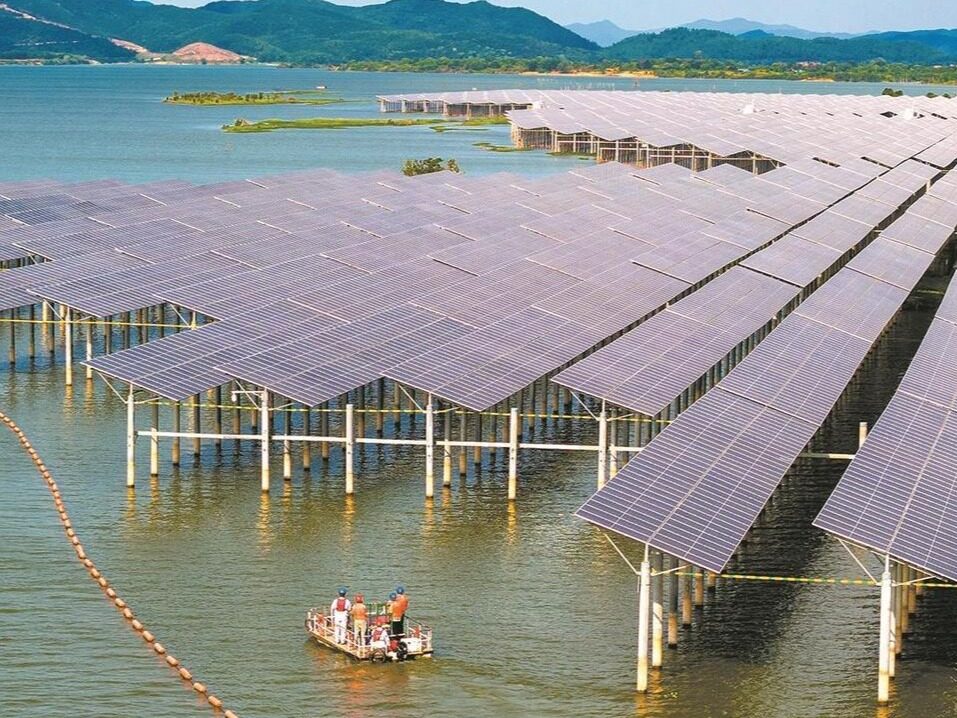
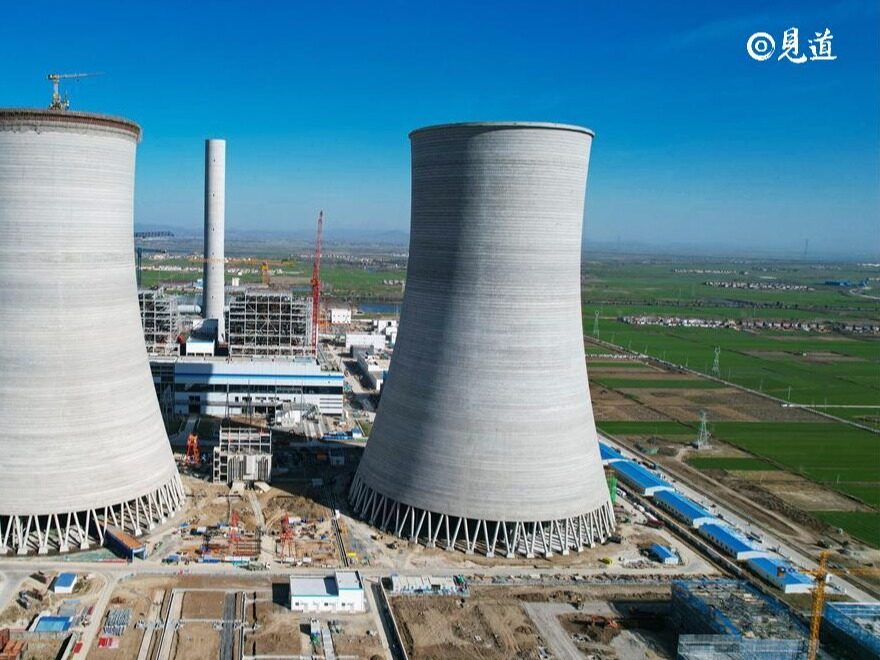
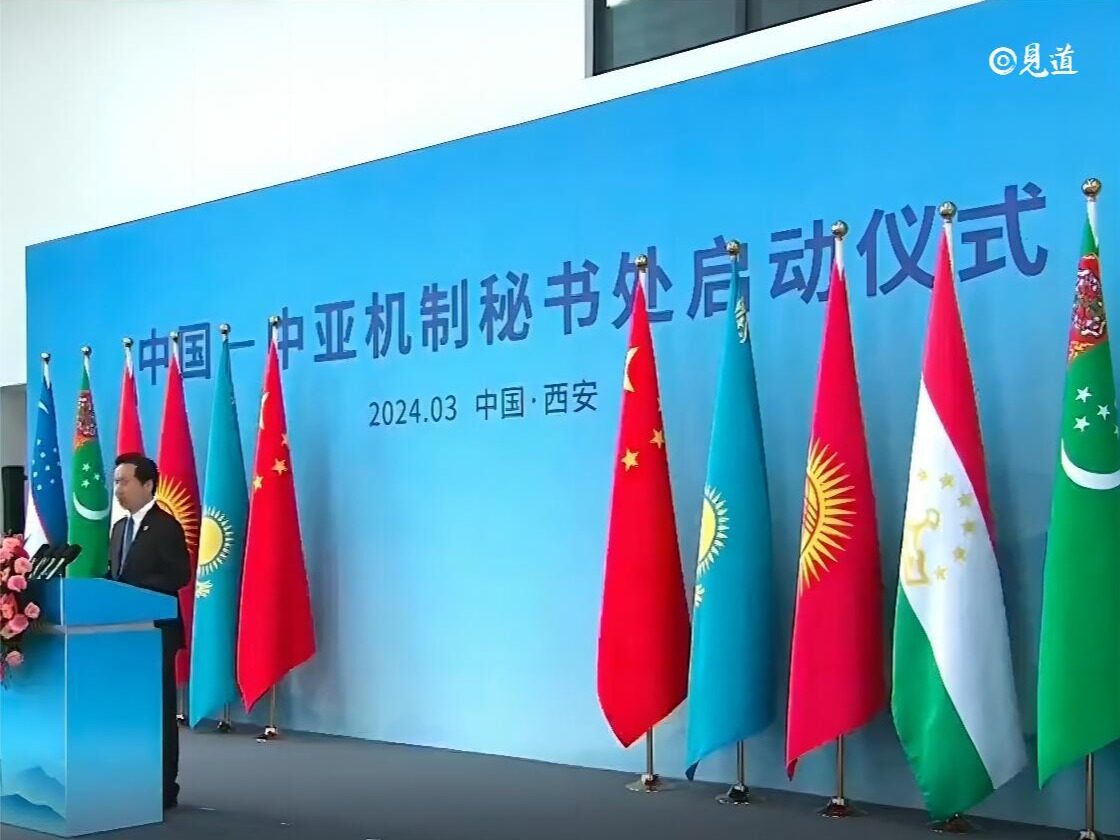
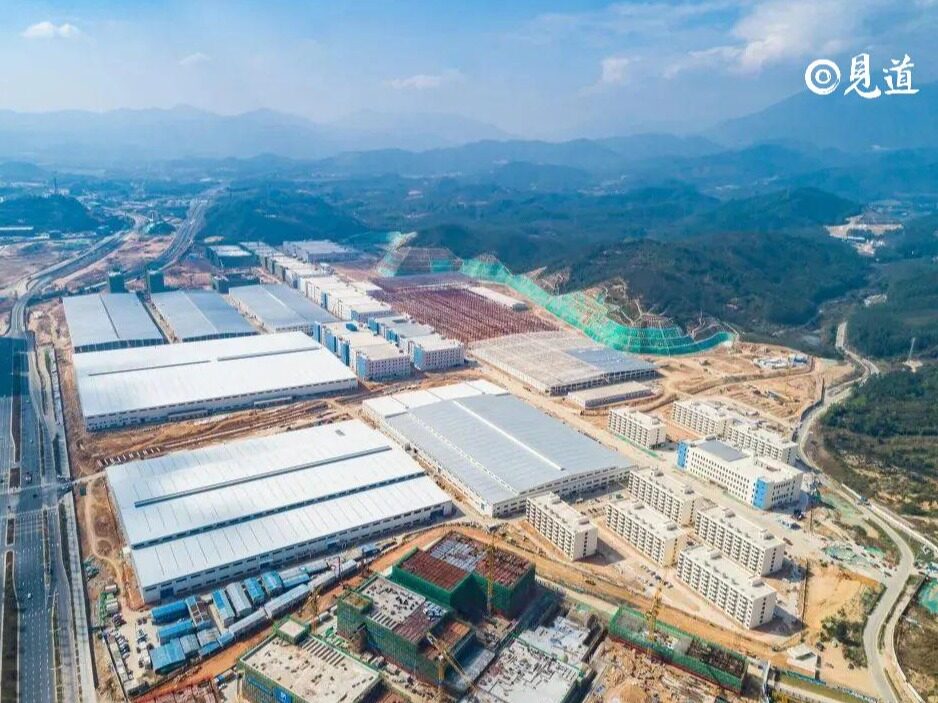

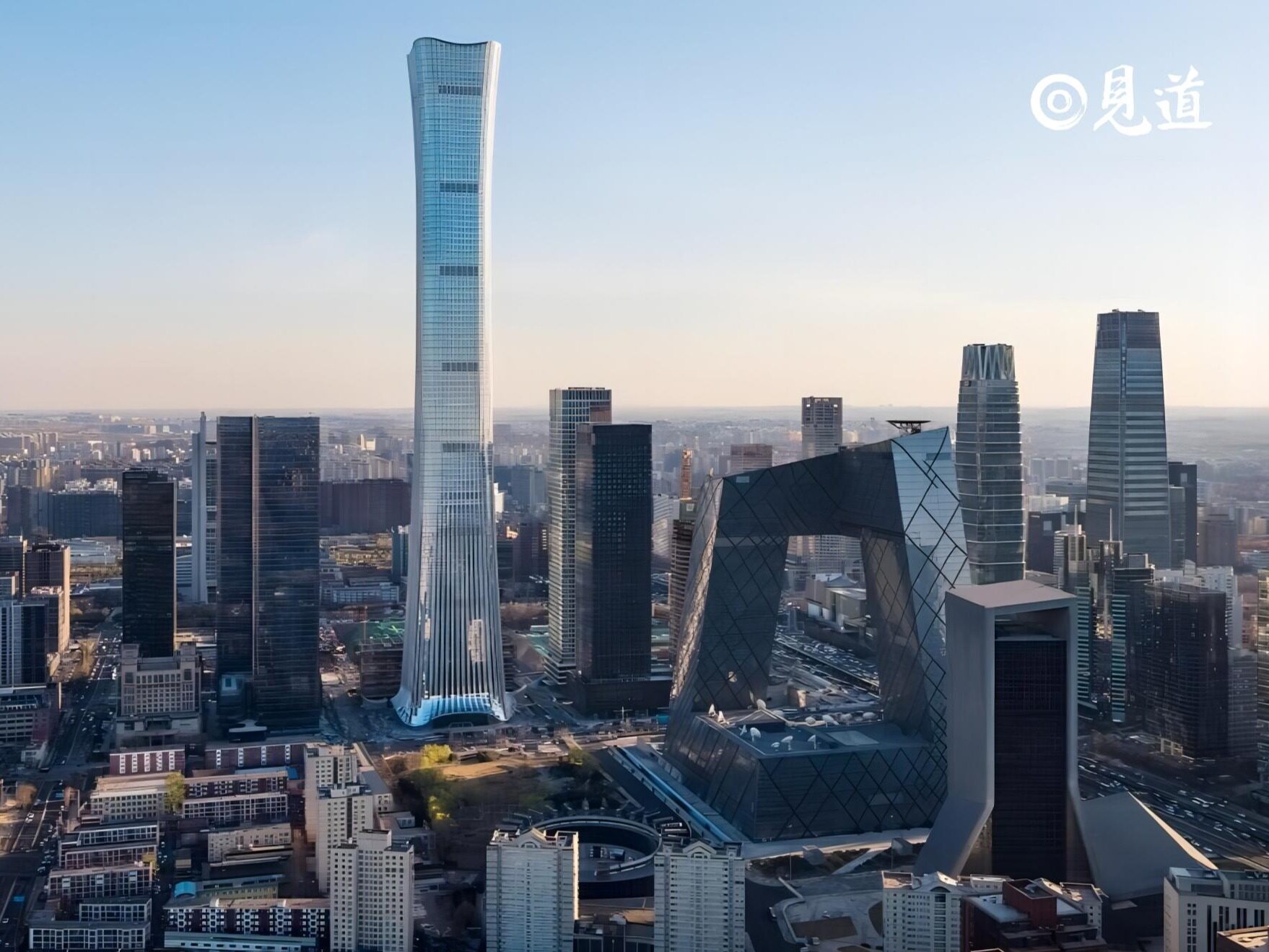






Write something~